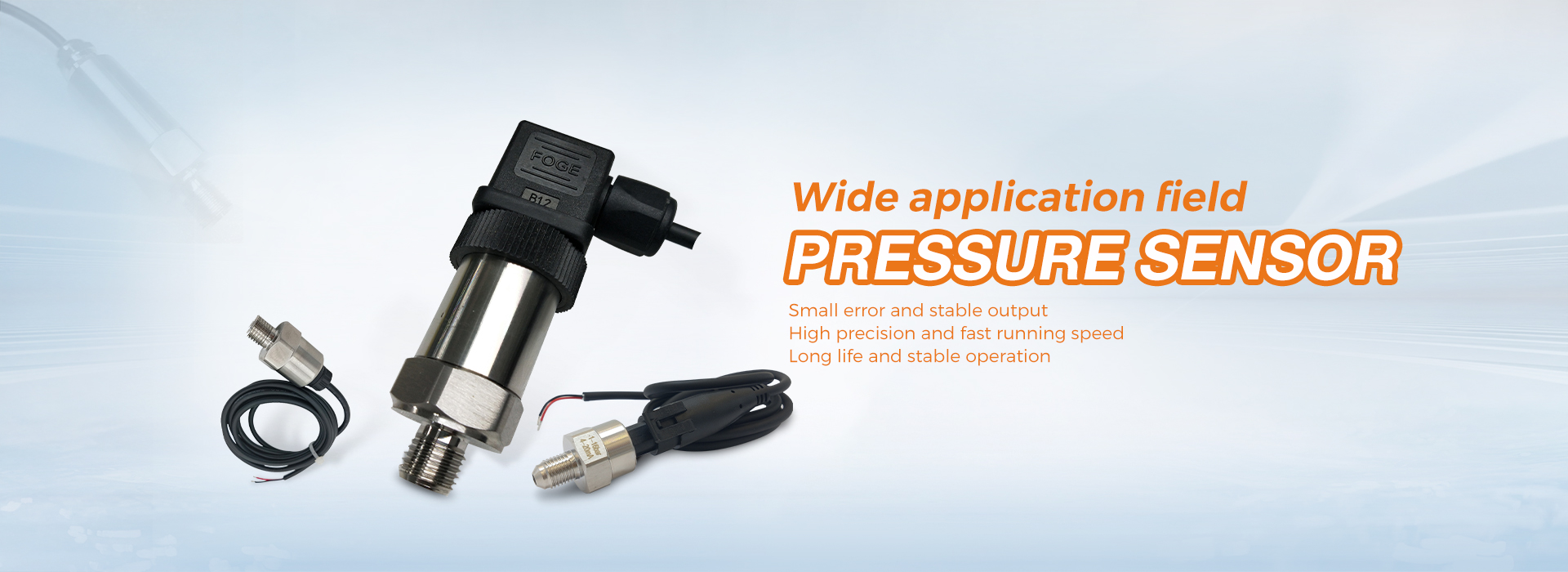To get the highest possible pressure sensor accuracy, you need an output signal that is not easily damaged and has a very high resolution.
1. Reduce signal loss and interference
The digital output signal is not subject to signal loss or interference like an analog signal, otherwise the intact signal will pass through as it originally came from the pressure sensor. Or not at all.
To achieve high resolution on the output signal, a relatively powerful analog-to-digital converter with a resolution of at least 16 bits is required to achieve an accuracy level better than 0.01% of full scale.
2. Reduce analog-to-digital conversion errors
Also, there is no need for digital to analog instrumentation at any stage between the pressure sensor and display or recording, as it can easily be connected digitally to a computer or data acquisition card.
3. Digital error compensation
Another advantage of the digital output signal is that the microprocessor inside the digital pressure sensor can also be used to digitally characterize the pressure sensor at many pressure and temperature points. Virtually all linearity errors are eliminated.
4. Use repeatable and stable sensor technology
However, the ultimate accuracy of a digital pressure sensor will always be limited by the hysteresis and repeatability of the sensor technology used. Hysteresis and repeatability factors are very unpredictable and not easy to characterize.
Therefore, a digital output may provide the most accurate signal for a particular type of pressure sensor, but must be used in conjunction with a stable sensing technology that is inherently low hysteresis and repeatable. Truly accurate over its lifetime.
Post time: Dec-05-2022



